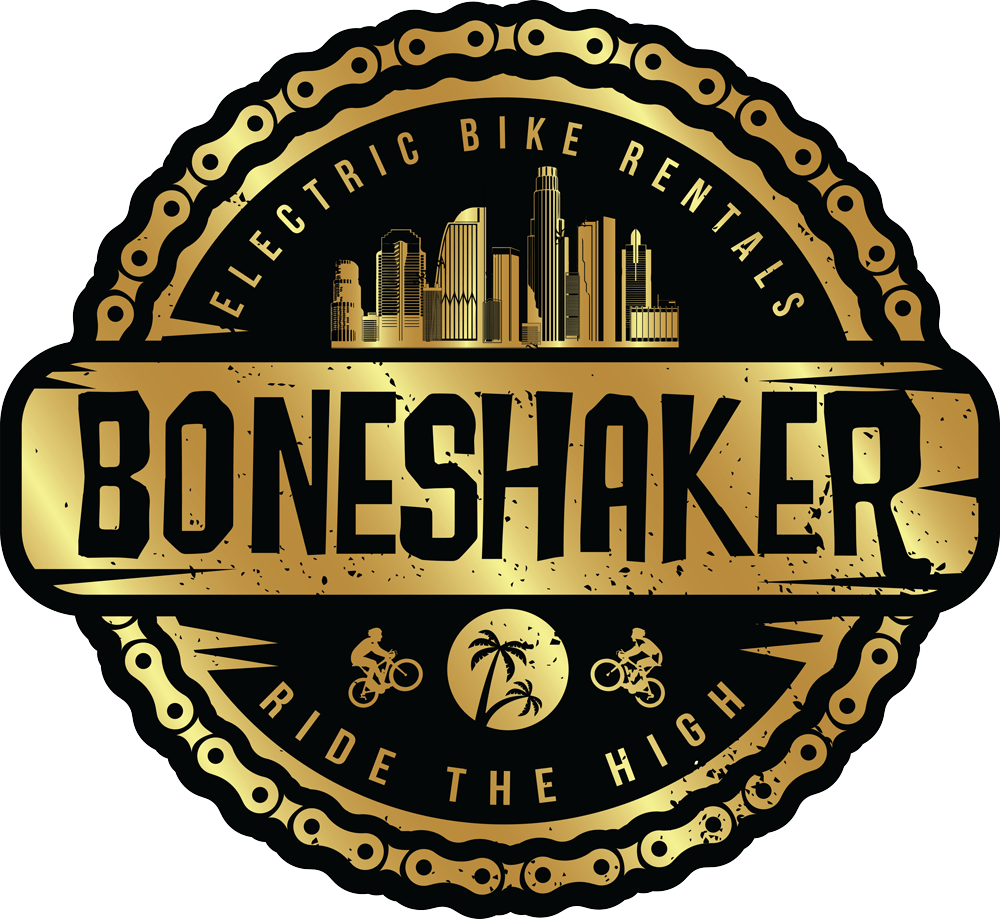One of the most frequent questions riders of electric bikes get asked is, “How fast does it go?” The answer to this question depends on a few factors, and there isn’t technically a set limit to ebike speeds. However, the average ebike has a cruising speed of about 28 MPH.
There’s a little more to the story, however. Starting in 2015, California enacted a “three class” rule for electric bikes that govern where they can be used and the max speeds they can assist at. Since then, 32 other states have followed suit, making this a reasonable metric for ebike users. Let’s take a closer look at that.
The Three Class System
The three classifications of electric bikes are as follows:
- Class 1: ebikes that are pedal-assist only, do not have a throttle, and have a max assisted speed of 20 MPH
- Class 2: ebikes that have a max assisted speed of 20 MPH but do have a throttle
Generally, under these rules, these types of ebikes are allowed anywhere regular bikes are. Class 1 has the least restrictions, and should be fine under almost any condition. Class 2, due to the throttle, might have some additional restrictions, for example, the throttle action can potentially damage mountain bike trails so they should be used on more rugged terrain.
- Class 3: ebikes that are pedal assist only with no throttle, with a max assisted speed of 28 MPH
Class three ebikes are allowed on pavement or bike lanes, but might be restricted from multi-use paths or bike trails due to their increased speed and power.
Now, if this seems a little arbitrary or confusing, that’s because it is. Unfortunately, electric biking suffers from a lack of clear guidelines and regulations around it. However, this can be a positive for the user, because, in reality, very few people will enforce these rules or restrictions, and ebikes appear almost exactly like normal bikes at a glance.
In addition, all of these classes limit the power of the motor to 750 watts or 1 horsepower. Keeping the motor at or under this level means that there are fewer federal and state laws and restrictions that affect them, as it is viewed differently in the eyes of the law than other motorized vehicles with more power like dirtbikes and ATVs.
The Need for Speed
With all that being said, the topic of this article was supposed to be “How fast can an ebike go?”, which is a limit with no hard ceiling.
Because of the way ebikes work, you can get some really fast speeds going. They allow you to pedal-assist along with using the motor, which on long straightaways or downhills can really get you going. However, you should always be able to safely stop when you see an obstacle, be able to avoid pedestrians, and when going fast, you’ll suffer more damage to both you and the bike if you take a spill.
The land-speed world record for a cyclist is an incredible 183 MPH, set by Denise Mueller-Korenek on the Utah Salt Flats. This was on an unassisted bike, although she was utilizing a vehicle directly in front of her to lower wind resistance and create a slipstream pulling her forward. Now, the average person should definitely never try anything like this without proper training and safety equipment, but it shows what is possible.
In addition, there’s a “Human Powered Speed Challenge” that takes place every year on a specially resurfaced, 5-mile long stretch of completely straight and flat road in Nevada, where people regularly reach speeds of 70-90 MPH under their own power. If you trained for it, an ebike could surely hit these speeds, it just wouldn’t be safe at all unless you’re riding on something like a resurfaced, empty road in the Nevada desert.
Even then, if you take a fall while riding an ebike, you’ll suffer some major damage, and the bike would likely be totaled. Most racers in Nevada are in enclosed vehicles for safety, and always remember to wear your helmet, even at normal speeds, because it could absolutely save your life one day – especially on an ebike.
Ebike Speeds and Your Safety
So, to wrap all this up, most ebikes will cruise at around 20 MPH, which is a nice, convenient speed that will get you where you need to go quickly without being overly dangerous or attracting unwanted attention. While going downhill or on a flat stretch with good visibility, you can definitely pedal assist and get up to 30 MPH pretty easily. Anything above that, and you will be hitting the limits of what is safe and tolerated well by ebikes, and could risk falling and seriously damaging the bike or yourself.
Electric biking is an exciting, invigorating, and extraordinarily convenient way to commute, exercise, and recreate. Get involved with the ebike revolution today and contact an electric bike retailer to find the perfect one for you!


Thank you very much for sharing. Your article was very helpful for me to build a paper on gate.io. After reading your article, I think the idea is very good and the creative techniques are also very innovative. However, I have some different opinions, and I will continue to follow your reply.